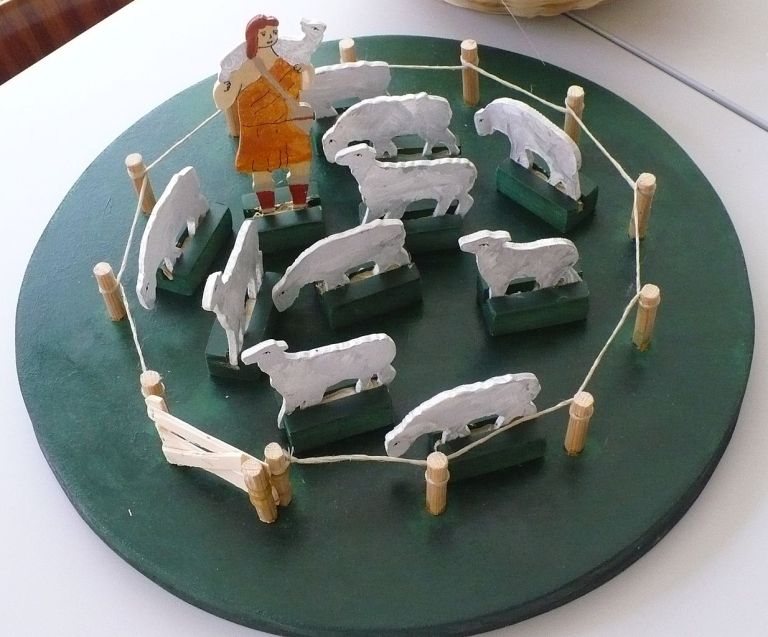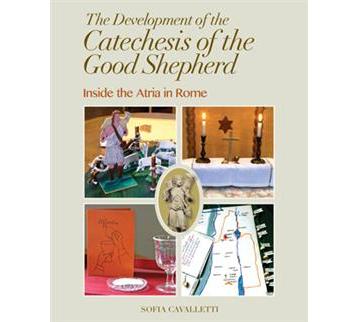Welcome
A Place Prepared
The Atrium – A Prepared Environment
The atrium (or prepared environment) is one of the important elements that helps the relationship between God and the child to flourish. After a theme has been presented, the child is free to choose an activity that will make possible the inner dialogue with the Holy Spirit.
In traditional classroom, primary relationship thought to be between the teacher and the child. Montessori noted a third important, but often silent partner in education: the environment. She discovered that environment doesn’t have to remain invisible partner, but rather can be intentionally shaped. The environment itself is a teacher; in fact, the children learn more from interaction with environment than from direct instruction from a teacher.
If our aim is to help children enjoy relationship with God we must ask, “What kind of environment can we create that will respect and cultivate the child’s needs and capacities at this level of their development, especially in terms of their spiritual development?” We will then want to prepare a place where the children can live what the First letter of John proclaims:
“What was from the beginning, what we have heard, what we have seen with our eyes, what we looked upon and touched with our hands concerns the Word of life—a for the life was made visible; we have seen it and testify to it and proclaim to you the eternal life that was with the Father and was made visible to us—what we have seen and heard we proclaim now to you, so that you too may have fellowship with us; for our fellowship is with the Father and with his Son, Jesus Christ. We are writing this so that our joy may be complete.” I John 1:1-4
The Materials
Read More


A photographic record of the materials for the three age groups (3-6, 6-9, and 9-12) as well as historical photographs and drawings by the children in Sofia Cavalletti’s atrium, Centro di Catechesi Buon Pastore, in Rome. The commentary is given by Cavalletti who, with Montessorian Gianna Gobbi, developed this approach to the religious formation of children.
Cavalletti highlights the origin and development of the materials, including how the children’s responses guided the selection of the foundational themes of the Christian message they presented to the children. At each level, the selected themes from Scripture and Liturgy, as well as materials that elucidate these themes, nurture the child’s religious potential for a relationship with God.

